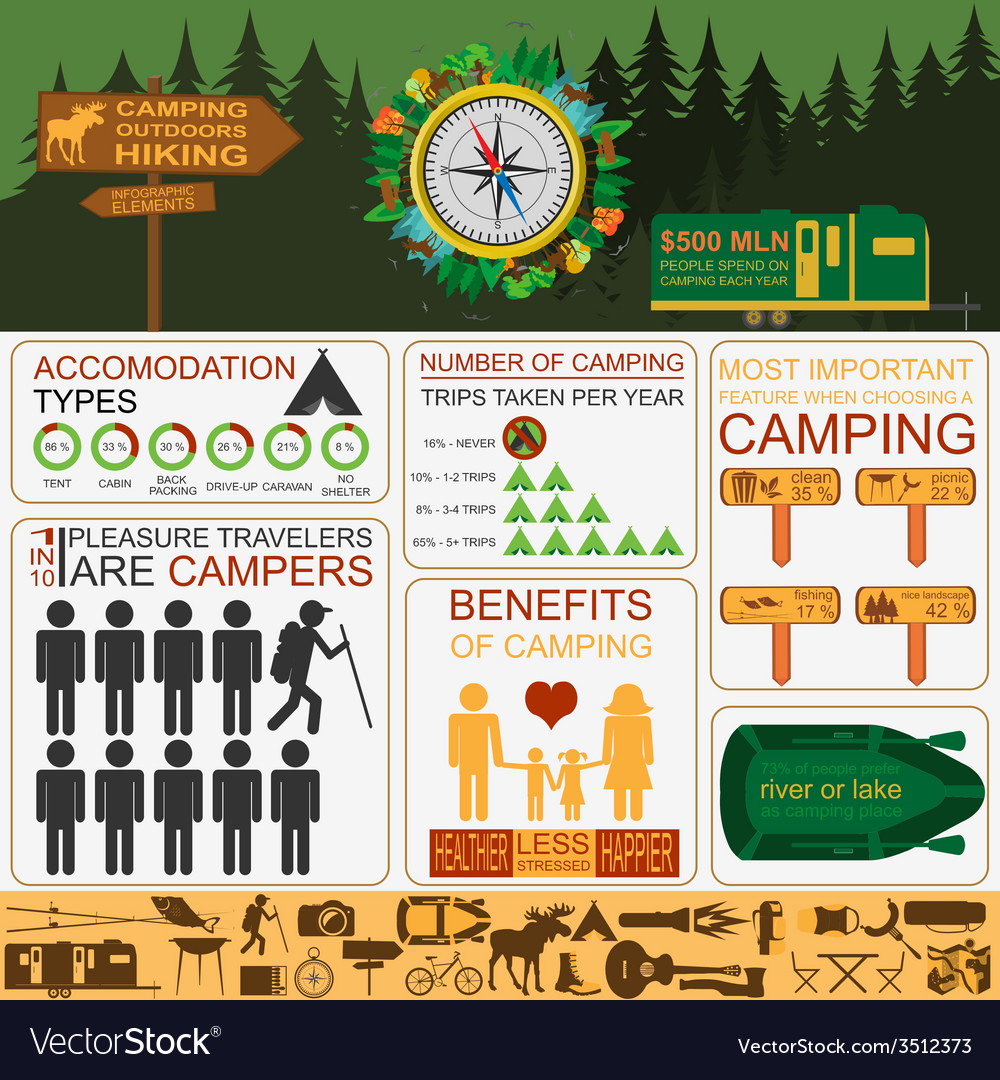Winter months outdoor camping supplies the possibility to discover an immaculate, peaceful wilderness free of crowds and noise. Nevertheless, there are a couple of things to think about before embarking on your journey.
One of these is safeguarding your camping tent with snow anchors. A clove hitch with a hidden stick can help rough terrain, however in ice and snow, a "dead man" anchor might be the best alternative.
Loading Down the Location
If you desire your person line anchors to be bombing plane, make sure the location around your tent is packed down. This is simpler with skis or snowshoes, but also an excellent pair of treking boots can do the method if you pace your camp several times to load it down. This will make sure that the stakes you dig won't change or get taken out by the wind. Alternatively, you can develop "Dead Man" supports by tying the line to a stick and hiding it in the snow with either Bob's smart knot or a typical taut-line hitch maintaining the knot well above the snow level. This functions truly well at Helen Lake where the snow is quite dense.
I additionally such as to establish a wind wall surface to shield the entrance of my outdoor tents.
Digging the Risk Trenches
Using a shovel, dig a slim trench simply large sufficient for the reclining peg. Take care not to reduce the individual line with the blade of the shovel, particularly if you are utilizing it for a T-trench anchor (additionally called a horizontal mid-clip). A T-trench is just one of the greatest supports and ought to be part of any system made use of to aid abyss rescue. It takes even more time to build than a vertical picket yet it helps disperse the load and avoid the line from tearing over rocky surface.
The tent pegs that ship with a lot of 4-season and winter camping tents are not long sufficient for the deadman risk method when camping on snow, so you will need to bring additional energy cord to prepare these. tent setup To stay clear of having to connect knots with chilly fingers, it is an excellent concept to prepare all the individual lines in advance in your home by connecting girth hitches to the end of each cable.
Loading the Stake Trenches with Snow
The individual lines that include the majority of 4-season tents are too short for staking out a camping tent in deep snow. Get ready for this ahead of time by using 2mm utility cord to extend the length of each man line.
To bury the stick, usage either a clover drawback knot as Bob defines or a taut-line drawback with the knot well over the snow degree (so you can draw the unknotted line back out if it obtains cold in). After that damp down the location and stomp it to load it strongly.
This is one of the most safe method for stakes in winter season and it doesn't call for an ice axe, although some favor to use one anyway to avoid destroying their hands as they dig. Repeat the procedure for each stake till you've buried all the sticks and are ready to establish camp. This is a fantastic means to get the job done swiftly when establishing in cool and gusty conditions.
Tightening the Pitch
While a standard outdoor tents is adequate for outdoor camping in summer season, wintertime calls for extra gear, specifically if the trip will be expanded. A 4-season tent with sturdier poles, larger materials and much less mesh is necessary to endure high winds and heavy snowfall.
A hat is important to maintaining warmth from being lost through the head (approximately 70% of temperature loss). The very same goes for handwear covers and a face mask in really cold problems.
Sleeping on a platform as opposed to in an outdoor tents with a floor can also help reduce warm loss with all-time low of the sleeping bag. Using a tarpaulin can also permit added comfort by providing a surface area for food preparation and sitting.
Site choice is necessary in wintertime outdoor camping. Look for a location that provides wind protection, a protected water source (to avoid melting snow), and is far from avalanche risk or risk trees. An area that has exposure to sunlight will additionally assist you warm up much faster in the early morning.
